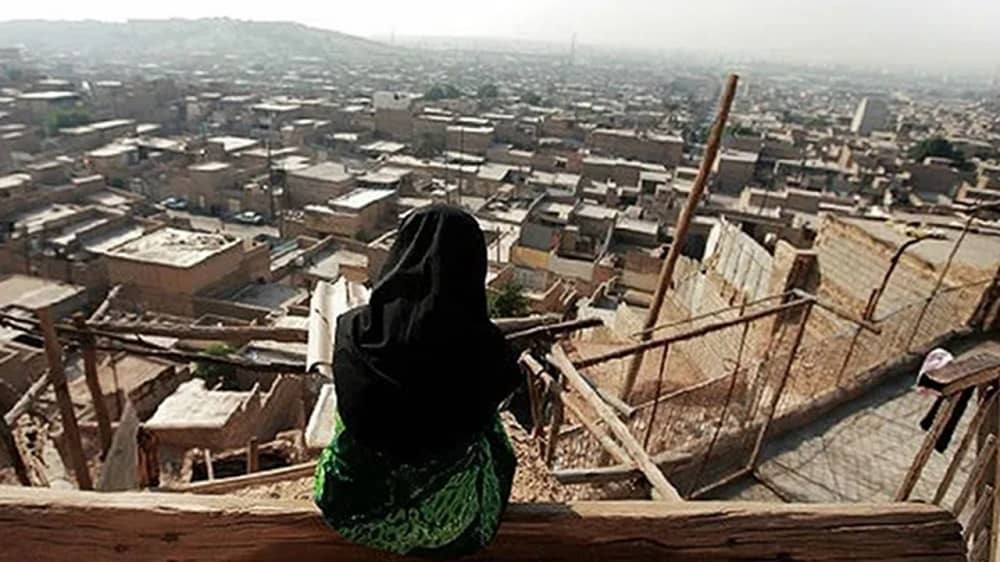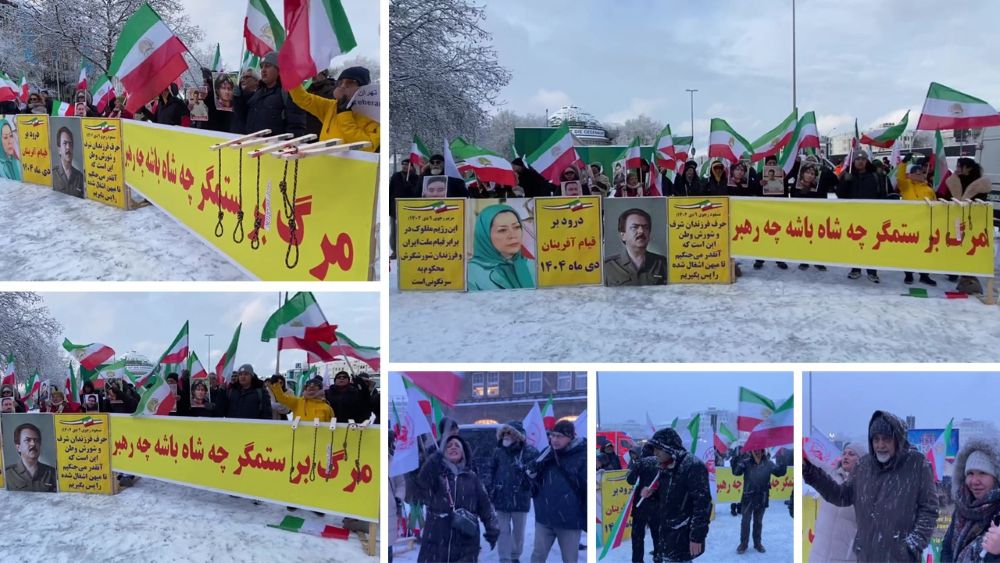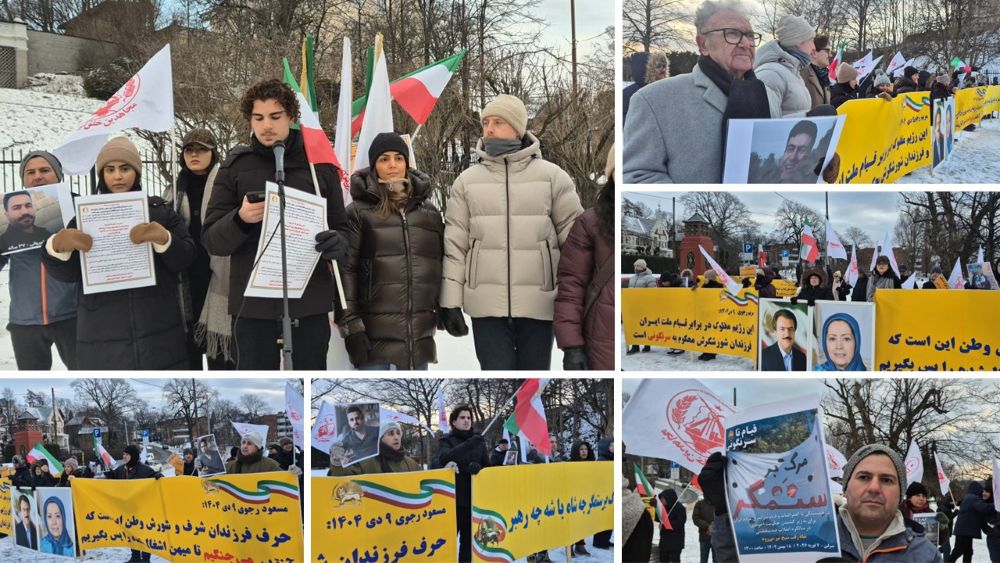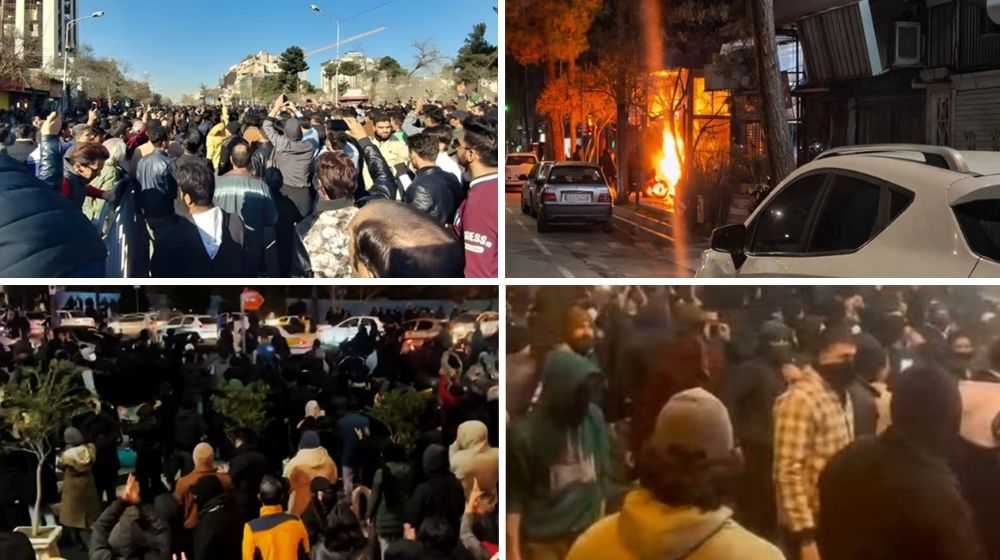
Having a shelter is a real challenge for ordinary Iranians
If we look at the challenging conditions of the Iranian people these days, we see that most people are struggling to make ends meet and trying to make ends meet by resorting to some low-quality and cheaper foods. Many families have eliminated meat and fruit from their diet and consume cheap vegetables instead because they cannot afford to buy meat and fruit.
Many others give up buying new clothes and put on their old-fashioned clothes. However, providing shelter for every family breadwinner is not a luxury that one could ignore, unless we expect people to return to living in tents and caves. Nowadays in Iran, however, housing has become a luxurious commodity that most people cannot afford.
There are many reports these days of people “sleeping in graves”, “roof rentals”, “sleeping in shops”, “sleeping in public transport”, etc., especially among workers and those who have come to the cities from the countryside.
500% increase in housing prices
Over the past few years, housing prices in Tehran and other cities have risen by 500 percent. In contrast, during the same period, people’s purchasing power has fallen sharply due to inflation and the devaluation of the national currency. This trend in the housing market on the outskirts of cities and even in the most deprived areas of the country has disrupted many people’s lives. The state-run Mehr news agency warned: “If the housing crisis is not addressed immediately, it will have painful consequences for the vulnerable, which will further reduce housing construction in Iran.”
This “painful situation” has changed the face of many cities dramatically. According to Farid Ghadiri, a government expert in housing, some 40% of households now live below the absolute poverty line. Assessing the housing situation in Iran, he said: “According to the official statistics of the Ministry of Roads and Urban Development, the population rate below the housing poverty line in Iran is almost twice as high as the normal rate in the world.”
The government expert also said that families who spend more than 30 percent of their monthly or annual income on rent and housing costs now make up 70 percent of the province’s population in Tehran. In other words, the rent for two-thirds of the people of Tehran is more than twice what is paid in other countries of the world.
While in many countries around the world, families can own a home within 10 to 12 years with their income savings; this process takes at least three times longer in Iran.
Empty promises
The population below the “housing poverty line” in Iran is more than twice the average world rate. Previous governments such as those of Mahmoud Ahmadinejad and Hassan Rouhani made many empty promises to provide housing for the people during their eight years in power, but with the low-quality houses and apartments they built, they did not solve the housing problem. For example, we saw that the newly built apartments of “Project Mehr” collapsed in a magnitude-5 earthquake in Sarpol-e Zahab, Kermanshah. Now it is the turn of Ebrahim Raisi to repeat the same empty promises.
According to Farid Ghadiri, the first year of Ebrahim Raisi’s government is a decisive year for him. During his campaign, Raisi promised to build one million homes every year. But what financial resources does it take to make a million homes a year? While Raisi is facing a “budget deficit of 400,000 billion tomans” for this year, it is still unclear where he wants to finance the construction of these houses that he promised.
Living in shantytowns is another aspect of the problem of homelessness
Housing prices have put a lot of pressure on the disadvantaged and the middle class, and owning a home has become a dream for most people.
In such a situation, with astronomical housing prices on the one hand and minimum wages on the other, people have no hope in Raisi fulfilling his promises of them owning a house. They know that his words were nothing more than deception and lies.
In July 2021, the Aftab Yazd newspaper presented a picture of this situation and wrote that although citizens were familiar with phenomena such as “increasing suburbanization, renting sheds and sleeping in cars” in previous years, this year new phenomena such as renting warehouses, renting space in shops, sleeping on rooftops and under the stairs have appeared.
Meanwhile, the middle class moves their neighborhoods from the center or north of cities to poorer areas in the south or suburbs. Nearly two-thirds of the population of metropolitan regions such as Tehran have now been marginalized to shantytowns and live in sheds that lack the necessities of a home.
What can we expect?
Ali Khamenei, the Supreme Leader of the regime, has now, after 32 years of authoritarian rule, proved that he is unable to meet the basic needs of the people and that the problems of the people are not his problem at all.
There is massive government corruption, large-scale embezzlement, institutionalized bribery, mismanagement of Iran’s natural resources, and improper exploitation of groundwater and forests, and other areas.
The religious dictatorship of the mullahs has turned Iran into ruins. On the other hand, financial and military support for its proxy terrorist groups in the region, such as several militant groups in Iraq, Hezbollah, the Houthis, Fatemioun, and Zainabioun, as well as inflation and unemployment have brought poverty to the Iranian people.
The only way out of this situation is to get rid of the rule of Velayat-e-Faqih (absolute religious dictatorship), which the Iranian people will achieve.



